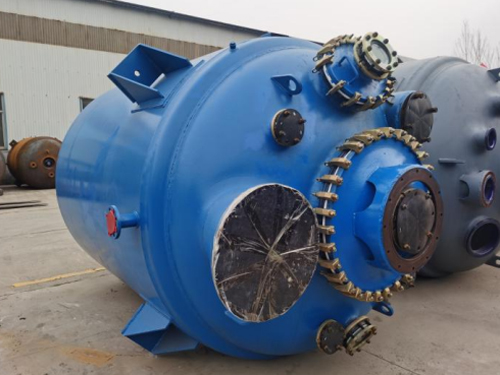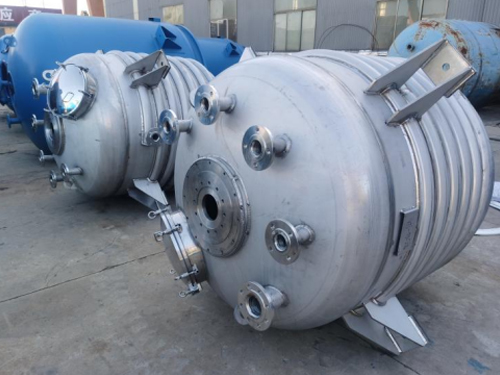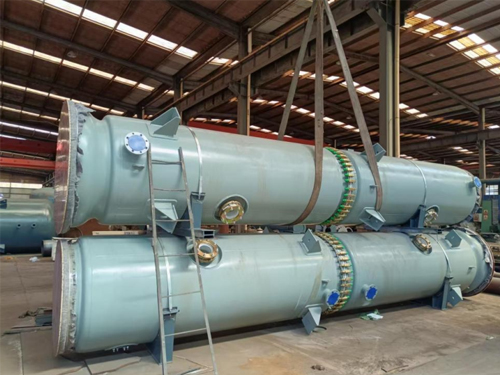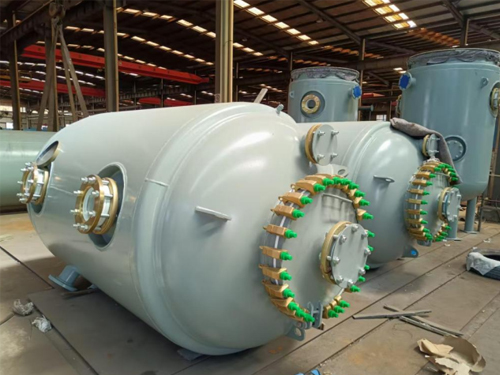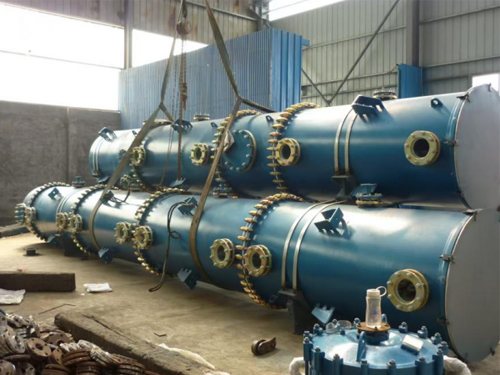Steel lined glass anti-corrosion pipeline, chemical pipeline, anti-corrosion equipment?
Steel lined glass anti-corrosion pipeline, chemical pipeline, anti-corrosion equipment?
Source: Author: XXX Precision Mold Co., Ltd. Read: 793 times
What is "steel lined glass" anti-corrosion product? It refers to the inner surface of various straight pipes, fittings, and valves made by lining molten glass (borosilicate glass) with heated carbon steel, so that the glass firmly adheres to the inner wall of the steel body and is in a certain compressed state, forming a composite of steel and glass. This product has the characteristics of high chemical stability, smooth inner wall, low fluid resistance, resistance to scaling, wear resistance, etc. It can not only replace metal anti-corrosion materials such as steel, copper, aluminum, etc., but also solve many difficult problems in the use of industrial anti-corrosion pipelines and equipment due to its two outstanding characteristics of high temperature resistance and strong corrosion resistance.
Steel lined glass products are widely used in the production of various corrosive enterprises such as chemical, petrochemical, organic chemical, military, chlor alkali, coking, pharmaceutical, papermaking, fertilizer, power generation, smelting, and sewage treatment. It has played a significant role in helping enterprises stabilize production processes, reduce maintenance cycles, improve product quality, and many other aspects. The emergence of steel lined glass anti-corrosion products has effectively controlled many corrosion phenomena with negative pressure, high temperature, and strong media, making the promotion and application of steel lined glass anti-corrosion products possible. Therefore, it has gained widespread attention and high evaluation.
Technical parameters and physical and chemical properties of steel lined glass products:
Applicable medium range: In addition to fluorinated substances, alkaline solutions containing 5% concentration, hydrofluoric acid, and hot concentrated phosphoric acid, it can adapt to various organic and inorganic chemicals such as nitric acid, sulfuric acid, hydrochloric acid, oxalic acid, and others.
Lining diameter: DN25-500mm, lining length: 200-2000mm, glass lining thickness: 1.5-5mm
Operating temperature: -30 ℃ -+350 ℃, sudden change temperature: 120 ℃
Cold shock: △ t=80 ℃, hot shock △ t=200 ℃
Nominal pressure: DN ≤ 20kg/cm2
Corrosion of glass in the following media:
Sodium hydroxide (alkaline solution): concentration 5% - temperature 50 ℃ - time 4 hours - glass weight loss 0.0295mg/cm2
Sulfuric acid: concentration 10% - boiling time 4 hours - glass weight loss 0.0085mg/cm2- enamel weight loss 0.17mg/cm2 under the same conditions
Hydrochloric acid: concentration 15% - boiling time 4 hours - glass weight loss 0.0077mg/cm2- enamel weight loss 0.165mg/cm2 under the same conditions
Nitric acid: concentration 15% - boiling time 4 hours - glass weight loss 0.0053mg/cm2
Bending strength test:
DN25mm - Universal testing machine - Load 300kg - Glass layer does not break
DN40mm - Universal testing machine - Load 700kg - Glass layer does not break
Impact resistance test: (2kg steel ball, free fall, impact test object)
DN 25mm, L=500mm - Height 250mm - Glass layer not broken
DN 40mm, L=500mm - Height 300mm - Glass layer not broken
DN 50mm, L=500mm - Height 350mm - Glass layer not broken
DN 80mm, L=500mm - Height 450mm - Glass layer does not break
DN100mm, L=500mm - Height 500mm - Glass layer not broken
DN150mm, L=500mm - Height 600mm - Glass layer does not break
The processing standard for steel lined glass flanges is designed according to HG20593-97, with a pressure rating of PN1.0Mpa=10kg/m2. Users can modify the design using other flange standards or movable flanges according to their actual needs, while ensuring the process requirements for the processing size and thickness of the steel lined glass flange.
Precautions for installation, processing, and inspection:
1. There is no need to worry about strength during installation, but excessive concentrated load and impact on steel lined glass products, improper clamping and loading/unloading, and flange sealing surface impact can all cause damage to the lined glass.
2. Welding, cutting, or localized flame heating are not allowed on steel lined glass products.
3. Good quality rubber, polytetrafluoroethylene, asbestos, and sealing gaskets should be selected for installation, with a thickness of not less than 4mm and a gasket diameter larger than the flange of the flange.
4. When installing, it is advisable to evenly apply suitable anti-corrosion, high and low temperature resistant adhesive on both sides of the pad. When placing the gasket and connecting the bolts, the force should be uniform to prevent one side from being subjected to sudden force, so as not to damage the flange glass sealing surface. After installation and pressure testing, compressed air and water should be used to blow and remove residual ash and other substances
5. The large end of the reducer shall not exceed DN400/m, the small diameter shall not be less than DN20/m, the ratio of size to diameter shall not exceed 3 times, and the total length shall not exceed 500mm.
6. The manufacturing of steel lined glass products is mainly completed through the main processes of material selection, welding, rust removal, blowing, and inspection. The protruding glass on the flange sealing surface is ground flat.
7. The inspection method adheres to mutual inspection and multi inspection system, and conducts high-frequency spark detection inspection on the finished products.

